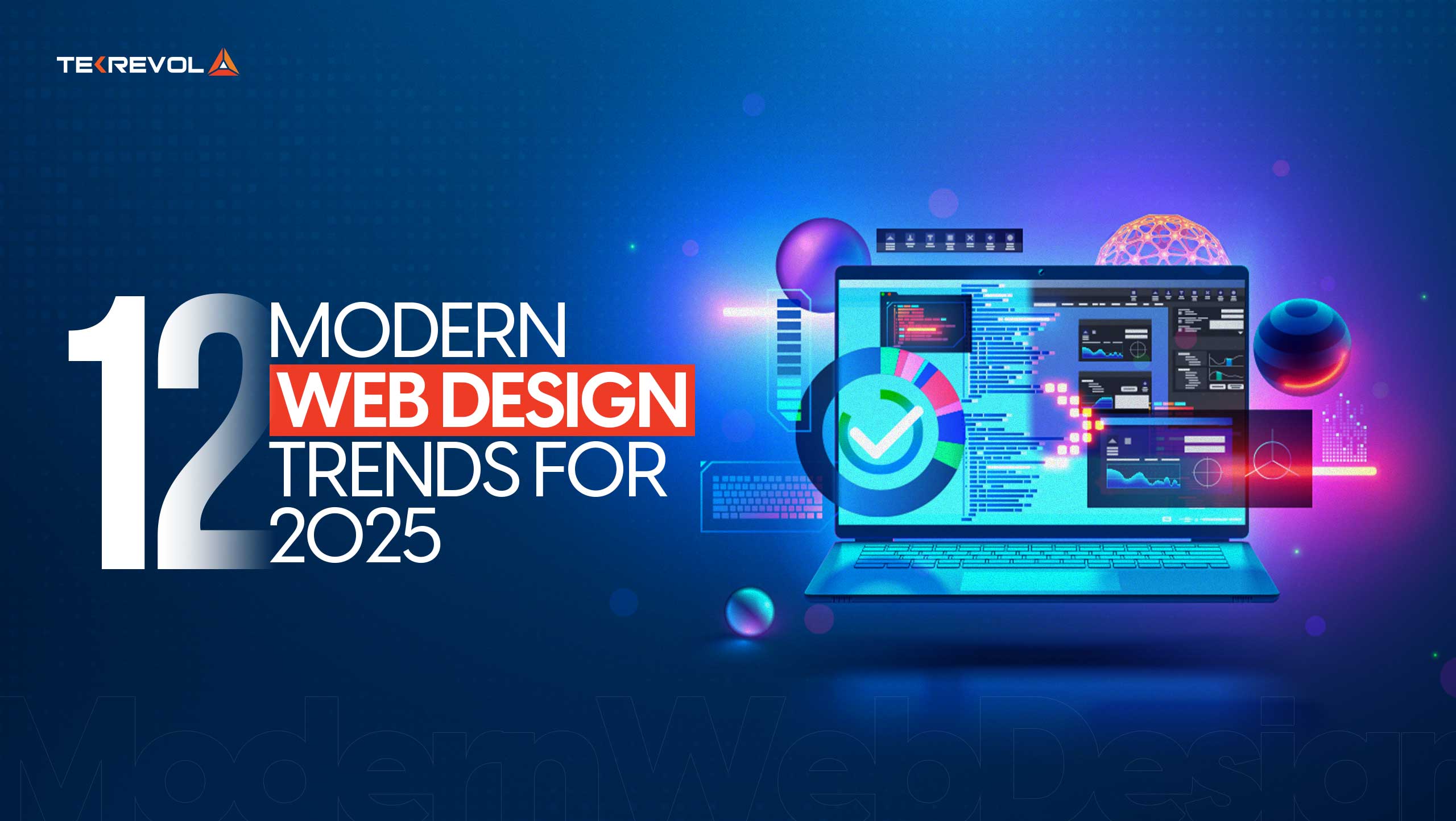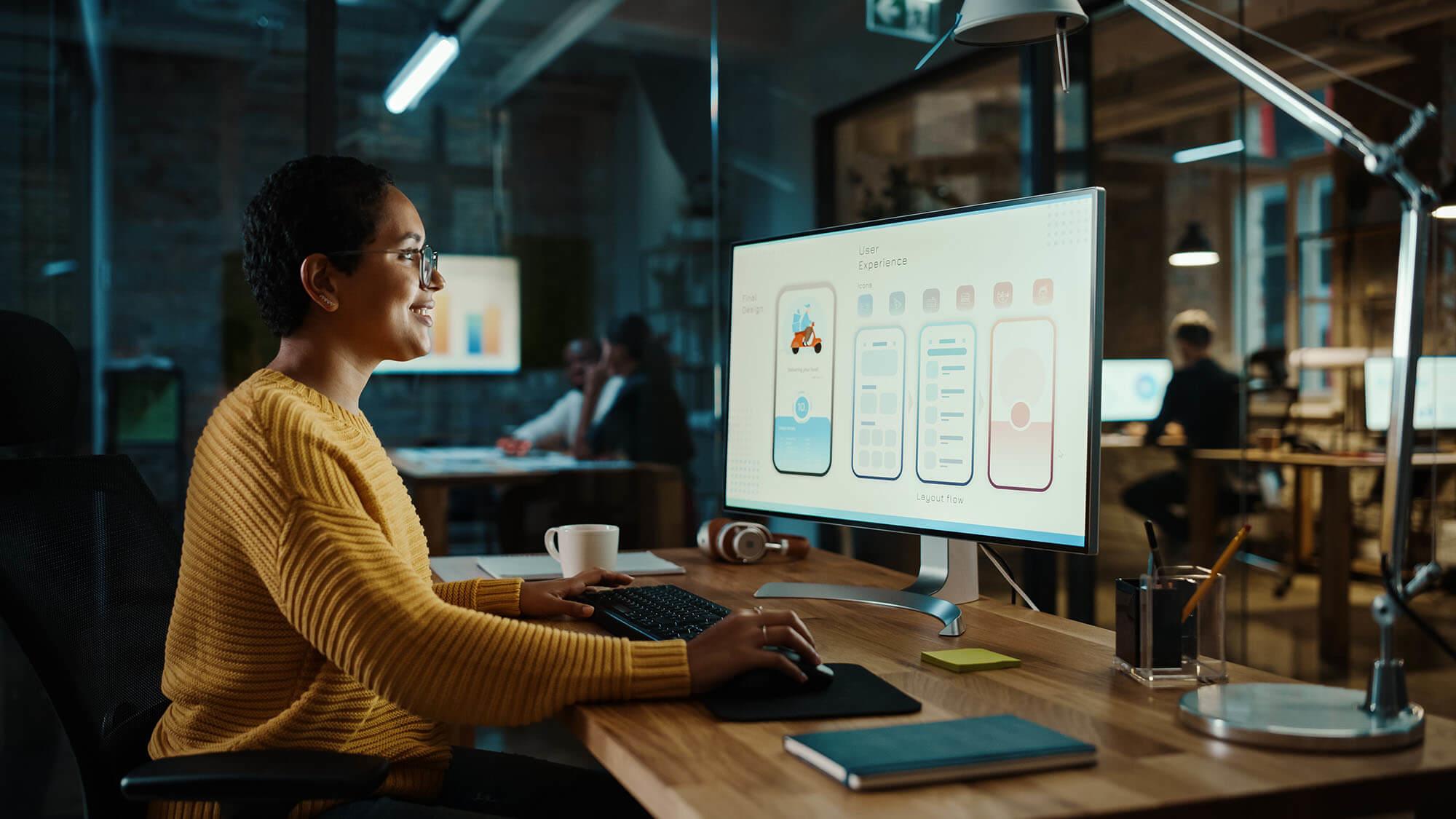Aligned Position Web Design: Boost Your Brand’s Visibility with a Stunning Website
Aligned Position Web Design: Boost Your Brand’s Visibility with a Stunning Website
Blog Article
The Most Effective Kinds Of Web Style to Boost User Experience and Involvement
In the ever-evolving landscape of digital communication, the effectiveness of website design substantially impacts individual experience and involvement. Numerous style approaches, such as minimalist, receptive, and interactive layouts, each deal special advantages that can cater to varied customer needs. Recognizing which types of website design ideal offer these objectives can be essential for companies intending to enhance client satisfaction and retention. The question remains: which style aspects absolutely reverberate with individuals and foster meaningful engagement? The exploration of these principles exposes critical insights that might redefine your strategy to Web layout.
Minimalist Web Design
As digital landscapes end up being progressively cluttered, minimalist Web style has become a powerful approach to enhancing customer experience. This style philosophy focuses on simpleness, concentrating on vital components while removing unneeded interruptions. By using ample white space, straightforward navigation, and a limited shade combination, minimalist layout cultivates quality and directs individual focus to vital material.
The core principle of minimal Web style is to produce a seamless communication for individuals. By decreasing cognitive load, users can quickly understand information without really feeling bewildered. This straight technique not only boosts functionality but additionally motivates involvement, as visitors are a lot more likely to discover a website that is simple and aesthetically enticing to navigate.
Furthermore, minimal style typically stresses typography and imagery, utilizing these elements tactically to share messages effectively. In essence, minimal Web layout is not just a fad; it is a thoughtful method that identifies the relevance of user-centered layout.
Receptive Web Design
In today's varied digital setting, responsive Web style has come to be important for producing a smooth customer experience throughout a multitude of gadgets. As individuals gain access to web sites on smart devices, laptop computers, tablet computers, and desktop computers, the ability of a website to adapt its format and web content to various display dimensions and resolutions is critical.
Receptive Web style employs versatile grids, images, and CSS media queries to ensure that Web material exists ideally, no matter of the gadget used. This approach not just boosts the visual charm of a site but additionally dramatically enhances use. Individuals are most likely to engage with a website that provides a consistent experience, as it eliminates the stress of having to zoom in or scroll excessively.
By embracing receptive design, organizations can boost their visibility and get to a broader audience. In recap, receptive Web style is a basic practice that improves customer experience, engagement, and general fulfillment.
Interactive Web Design
Receptive Web layout lays the groundwork for enhancing individual experience, yet interactive website design takes this a step better by engaging customers in a more dynamic method - Aligned Position Web Design. By including elements such as animations, clickable prototypes, and real-time responses, interactive website design captivates users, drawing them into a richer browsing experience
This technique not just cultivates involvement but also urges users to explore content actively as opposed to passively consuming it. Techniques such as gamification, where users make benefits for completing tasks, can substantially improve the moment invested on a website and enhance general fulfillment. Interactive features can streamline complex information, making it extra pleasurable and absorbable.

Including interactive design elements can likewise bring about higher conversion rates, as users are more probable to involve with a site that proactively entails them. Aligned Position Web Design. Inevitably, interactive website design transforms customer experiences right into remarkable trips, ensuring that additional info visitors return time and once more
Flat Style
Defined by its minimalistic method, flat style emphasizes simplicity and capability, stripping away unneeded elements and concentrating on important attributes. This layout philosophy focuses on use, ensuring that individuals can browse user interfaces easily and performance. By employing a tidy aesthetic, level style removes the mess commonly found in much more elaborate styles, consequently boosting customer emphasis on material and capability.
The trademark of level design exists in its use strong colors, simple typography, and geometric shapes. These elements add to an aesthetically appealing user interface that is both approachable and modern. In addition, level design fosters a sense of clearness, allowing users to determine important actions and information without diversion.
Moreover, flat design is especially effective in responsive Web layout, as More Info its simplicity translates well throughout numerous devices and screen dimensions. The absence of intricate appearances and gradients minimizes packing times, which is critical for maintaining individual interaction. As digital landscapes remain to evolve, flat design continues to be a pertinent selection for developing straightforward sites that improve general experience. By focusing on essential attributes, flat design not only meets customer requirements yet also urges smooth communication, making it a vital component of efficient Web style approaches.
Adaptive Website Design
Adaptive website design customizes the user experience by producing numerous taken care of designs customized to various screen dimensions and devices. Unlike receptive style, which fluidly changes a single layout, flexible design uses unique formats for specific breakpoints, making sure optimum presentation on different platforms. This technique permits developers to concentrate on the unique features of each device, boosting functionality by supplying specifically what individuals require based upon their context.
One of the primary benefits of adaptive Web layout is its capability to maximize tons times and performance. By serving customized material and pictures that fit the individual's gadget, web sites can minimize from this source data usage and improve loading speeds. This is especially beneficial for customers with slower links or minimal information strategies.

Furthermore, adaptive design helps with an extra regulated and regular branding experience. Since developers produce several designs, they can guarantee that the visual elements align with the brand name's identity across various platforms - Aligned Position Web Design. This causes a natural user experience, improving interaction and advertising individual retention
Final Thought
To conclude, the integration of minimalist, receptive, and interactive website design principles considerably enhances customer experience and interaction. Minimal layout promotes clarity and focus, while receptive design guarantees flexibility across numerous devices, promoting access. Interactive design mesmerizes users through dynamic elements, encouraging exploration and personalization. Collectively, these design comes close to contribute to the creation of straightforward atmospheres that not only boost fulfillment but also drive higher conversion prices, highlighting their essential significance in contemporary Web style techniques.

Minimalist style fosters quality and emphasis, while responsive design makes certain flexibility throughout different devices, advertising ease of access. Jointly, these style comes close to add to the production of easy to use atmospheres that not just improve complete satisfaction yet likewise drive greater conversion rates, highlighting their critical significance in modern Web layout techniques.
Report this page